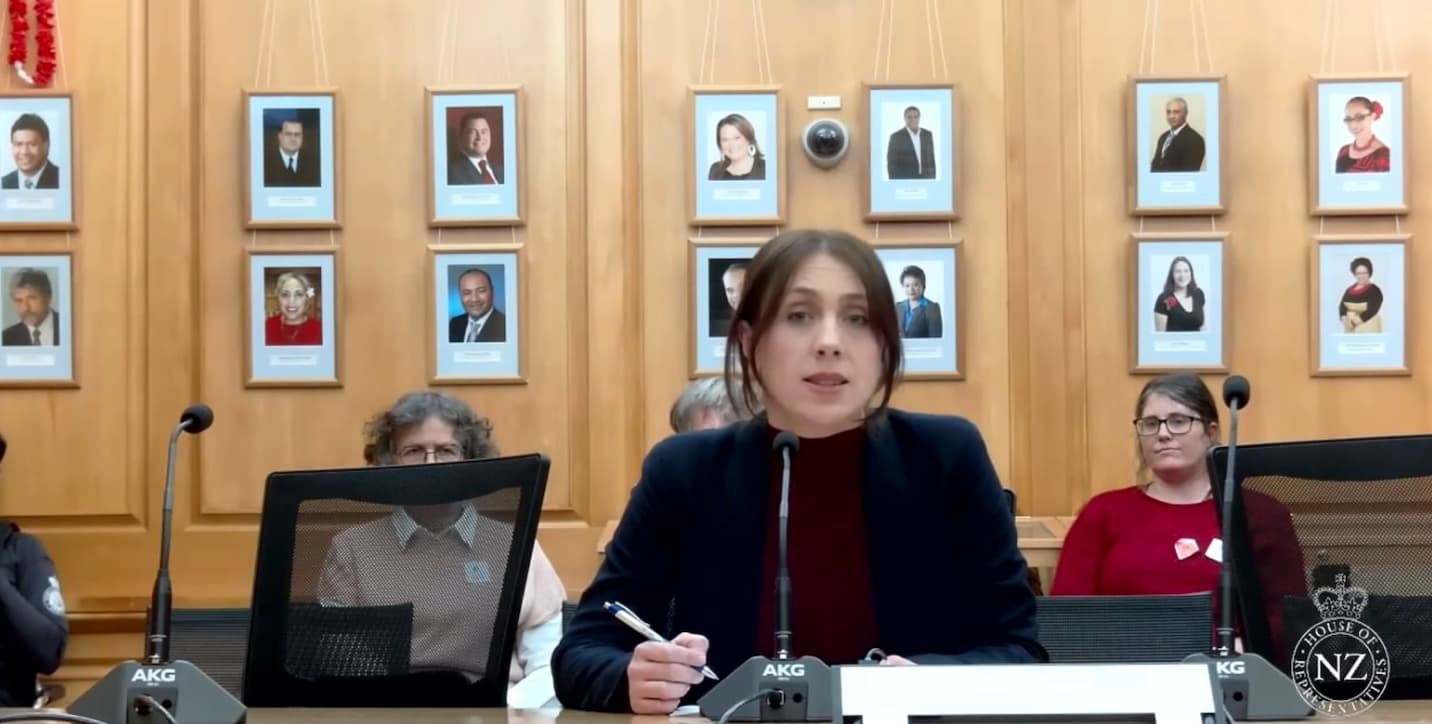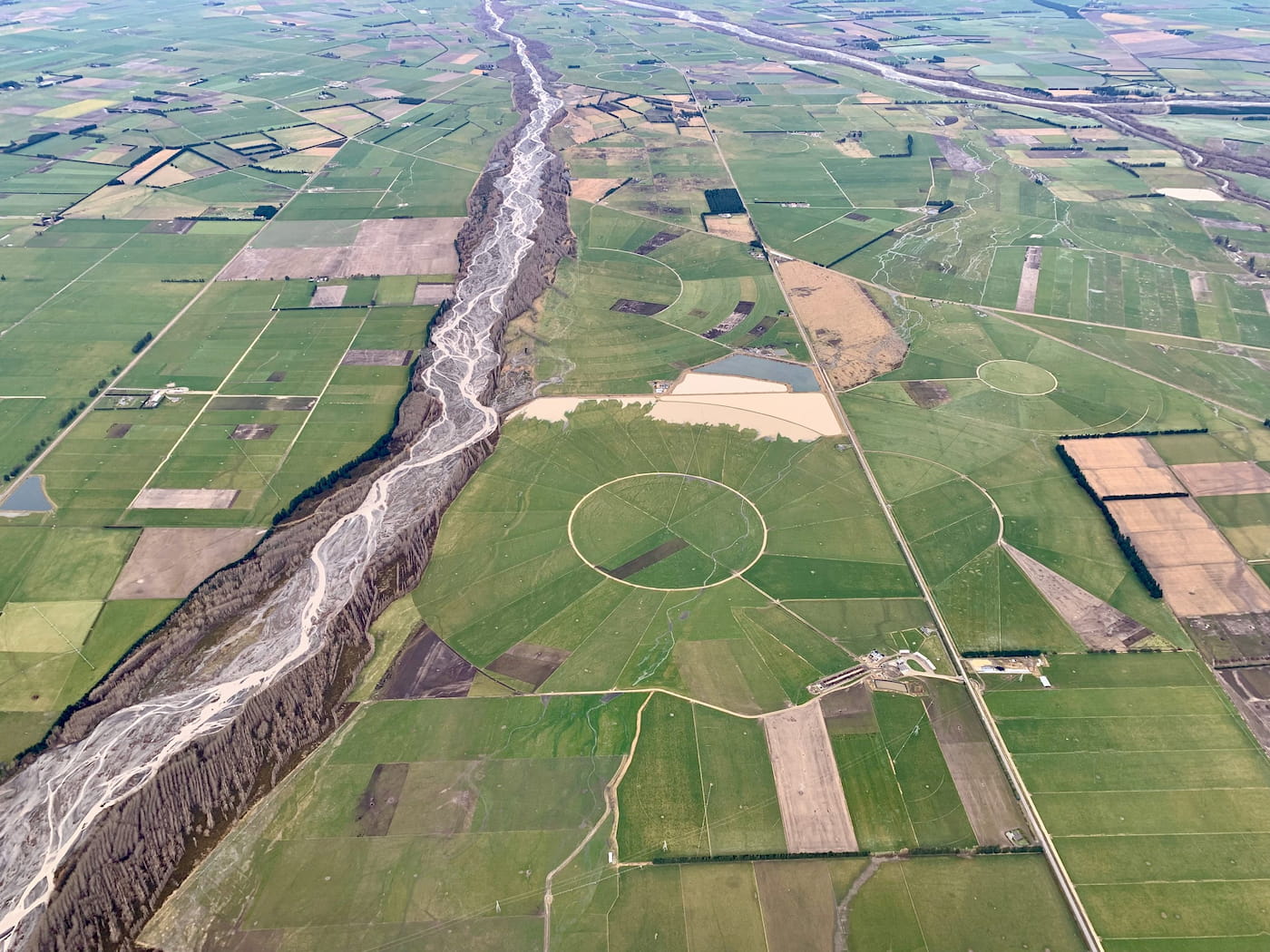COP26 — the 26th UN Climate Summit — is taking place from Sunday, 31st October to Friday, 12th November and represents the world’s next best chance for decisive climate action. Representatives from world governments, NGOs, businesses, faith groups, scientists, and other groups such as Indigenous Peoples delegations will come to Glasgow in the U.K. for this crucial meeting.
The climate conference comes just a few months after the release of the latest report by the Intergovernmental Panel on Climate Change (IPCC). According to the scientists behind the report, the world needs to make immediate, dramatic and consistent emissions reductions to create the urgent and necessary change to contain the climate crisis.
COP26 should play an important role in this scenario so here’s a quick overview to understand how that can happen, what we expect and why you should care about what happens.
First of all, what is COP26?
COP26 is the specific name of the annual United Nations Climate Change Conference that will take place in Glasgow, Scotland from 31st October -12th November. The climate talks are also known as COP, which stands for “Conference of the Parties” while the number indicates the number of years it has taken place since the first one in 1995 in Berlin. The 2020 summit got postponed due to the COVID-19 pandemic so this year’s is still the 26th COP.
Yep, that’s a lot of big international climate meetings.
So why do we need this meeting?
Climate change represents an existential crisis, and there’s only one way out of the worst case scenarios and that’s to cut emissions drastically and fast.
We need this meeting because right now COP is the only global forum where representatives from all over the world come together to discuss international climate and policy action related to the United Nations Framework Convention on Climate Change, or UNFCCC (pro tip: pronounce it as U-N-F-triple C), the UN treaty 197 countries signed in efforts to tackle climate change. This year, we need them to commit to the massive emissions cuts.
Due to Covid-19, many countries cannot participate in person this year but in COPs past, nearly every nation in the world is represented. Plans are presented and agreements are sometimes signed. Some of the governments come in good faith alongside representatives from small island states that could disappear from the map this century.
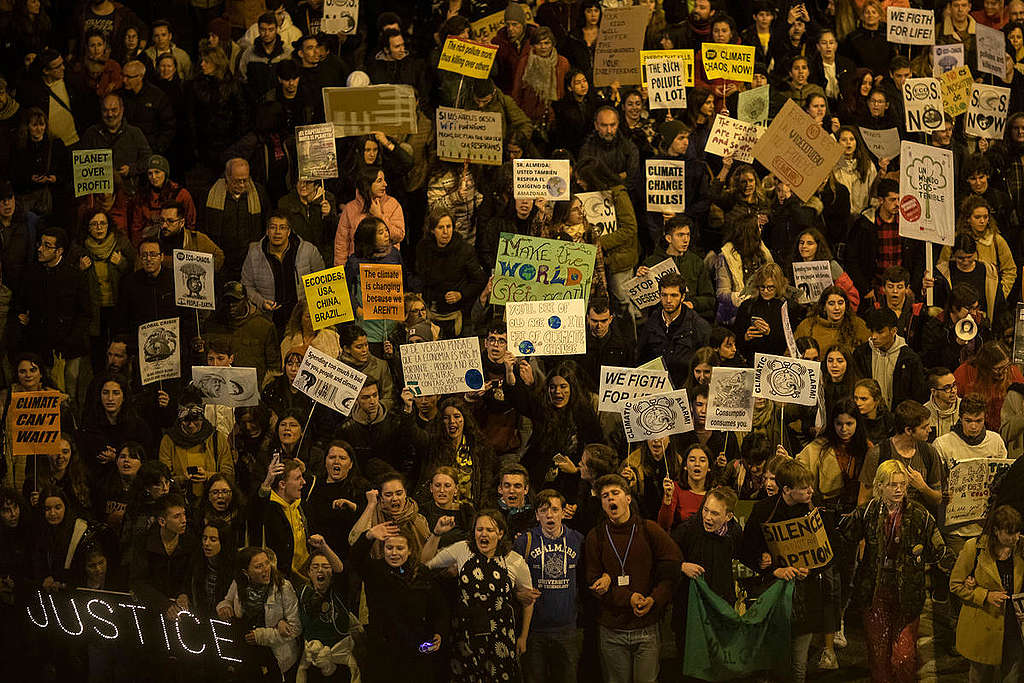
Is this COP an important one?
Every COP is different, but Glasgow is the most significant global climate conference since the Paris COP in 2015. That was when most nations finally committed to ensure a safe, stable climate by keeping temperature rises within 1.5C.
COP26 is the deadline for governments to submit their plans to cut their emissions to stay under the 1.5C warming.
While many countries recently laid out their plans to cut emissions and keep temperature rises below 1.5C, when you add them all together they fall far short of where we need to be. New Zealand hasn’t even put forward a plan. The release of its long-awaited Emissions Reduction Plan (ERP) was delayed again, and the ERP consultation document was more hot air than climate action.
The recent UN scientific report warned of a very bleak future if we don’t do some big things very soon and Glasgow is where those big things need to be set in motion. We still have time if we act now, but we need all the laggard nations like New Zealand to quit the delay tactics and get on with reducing emissions. For New Zealand, that means tackling agricultural emissions.
What does Greenpeace do at COP?
Greenpeace Aotearoa will not attend but Greenpeace is global and will send representatives to the COP because it’s important to have experts, campaigners, and those on the frontlines of the climate crisis in the negotiations – observing, making contributions, and making sure that politicians are listening.
Greenpeace also supports grassroots groups and representatives such as Indigenous leaders who attend. These communities are often the most exposed to climate impacts, despite being the least responsible. Decisions made at COP26 will often affect them most directly.
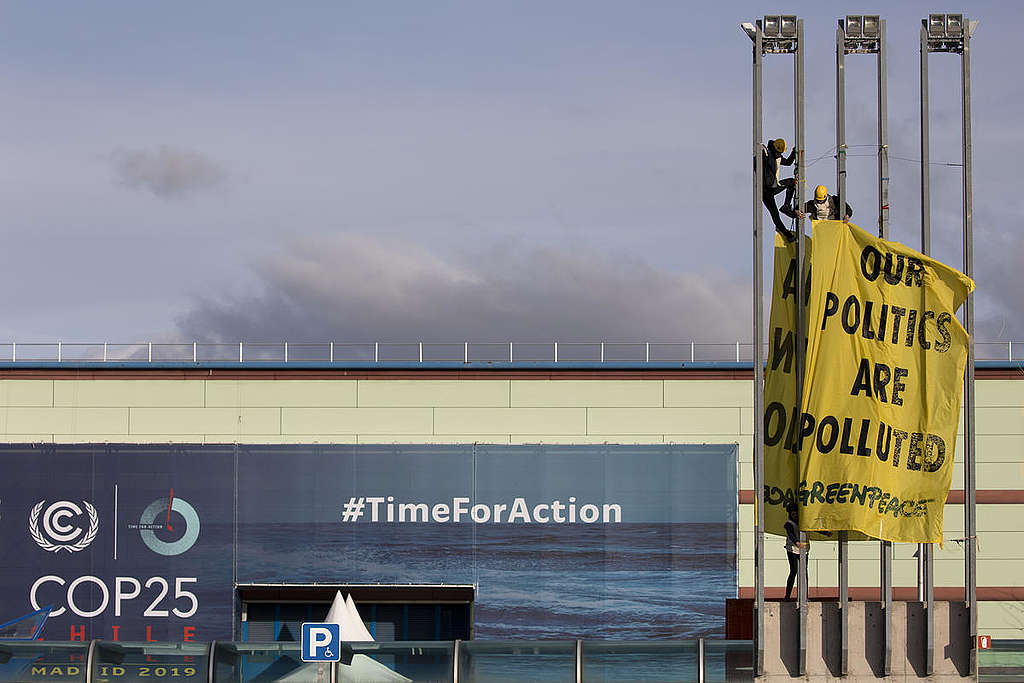
What would success at COP26 look like?
Greenpeace has laid out for necessary climate actions that we want to see agreed to at COP26:
- Stop all new fossil fuel projects immediately and phase out the industry
- Set ambitious emissions-cutting plans to halve global emissions by 2030
- Reject plans to open a global market in carbon offsets (they’re a scam and don’t work) and rather set rules for equitable international cooperation
- Ensure $100 billion a year goes from high-emitting countries to those countries bearing the brunt of climate impacts caused by the climate crisis” to adapt to the impacts of the climate crisis, develop clean energy systems and transition away from fossil fuels. And more money on top of that for further adaptation and to compensate for the damage already being caused by climate impacts in vulnerable countries. The biggest historic polluters need to show solidarity with people and countries on the frontline of climate impacts.
What should we expect from New Zealand
In some ways we’ve missed the boat and the New Zealand delegation will likely have a tough time in Glasgow. Despite her nuclear free moment, the Zero Carbon Act and some good moves in her first term like ending offshore oil exploration, Jacinda Ardern is sending climate Minister James Shaw to Glasgow with little more than a suitcase full of hot air. Climate Action Tracker ranks New Zealand’s climate policies as ‘highly insufficient’.
For New Zealand, climate action has to include significant cuts to agricultural emissions, but time after time, the milk can has been kicked down the road and the agribusiness lobby has won itself a free pass.
Agriculture – mostly intensive dairy driven by synthetic nitrogen fertiliser – accounts for around 50% of New Zealand’s greenhouse gas emissions and 91% of biogenic methane emissions. When applied to land, synthetic nitrogen fertiliser gives off more direct greenhouse gases than all of New Zealand’s pre-Covid domestic flights.
We already know what works to cut emissions from agriculture: fewer cows, less synthetic nitrogen fertiliser, less imported feed and more support for farmers to shift to regenerative organic farming. But those key measures are missing in action.
Agriculture is to New Zealand , what coal is to Australia.
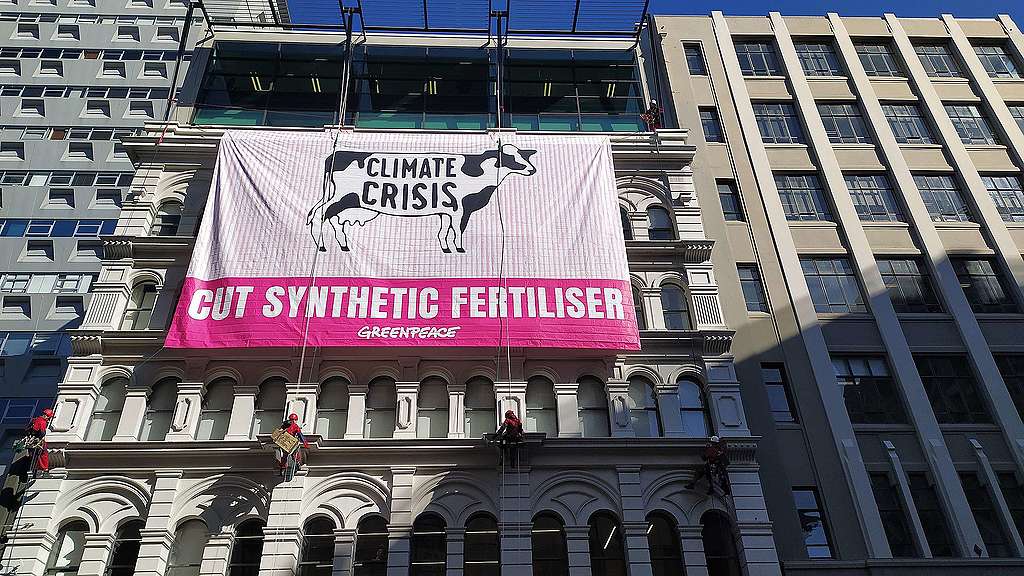
Many farmers are already shifting away from intensive dairying toward more diverse, regenerative and organic farming, with lower stocking rates, and that is where the answer lies for the rest of New Zealand’s food production systems too. We just need the Government to support the transition in a big way.
By supporting farmers to shift to regenerative, organic farming, we can have a thriving countryside with vibrant rural communities and plenty of jobs, while we’re restoring nature, protecting the climate and looking after people’s health.
What are possible obstacles to success at COP26?
Some representatives come to try to wreck progress and some of the biggest polluters are also there but the topic on the agenda with the most potential to derail COP26 and distract from needed climate action is carbon markets.
Carbon trading is a false solution that often gives countries and companies a free pass to continue to pollute through carbon offsetting. We can’t let carbon markets undercut the negotiations in Glasgow, leaving little room for more urgent agreements on climate finance and phasing out fossil fuels.
Instead of betting on false solutions, it’s time to focus on developing firm guidelines for polluting companies to directly reduce emissions in their activities and for governments to set the rules for transformational international cooperation to stay within the 1.5C temperature limit.
So, is Greenpeace feeling hopeful ahead of COP26?
Yes, we are hopeful. Just six years ago the Paris COP brought us a truly global climate agreement with a target to get out of this crisis. Now it’s time to implement that and take the necessary action to finally end the fossil fuel era. But we shouldn’t see it as a make-or-break moment either. The climate summit can be the catalyst for the climate action we desperately need, but whatever happens in Glasgow we still need to push governments across the world to make big carbon cuts as soon as possible.
Of course, all of this doesn’t automatically mean Glasgow will be a success. It might not be. But if it isn’t, a global movement will still stand up where our leaders have fallen down. That movement will re-double its effort, swell in size and carry on stronger.
Here in Aotearoa we will continue to push hard for an end to synthetic nitrogen fertiliser and supplementary feed like PKE, and for the Government to back farmers to make the shift to regenerative agriculture.
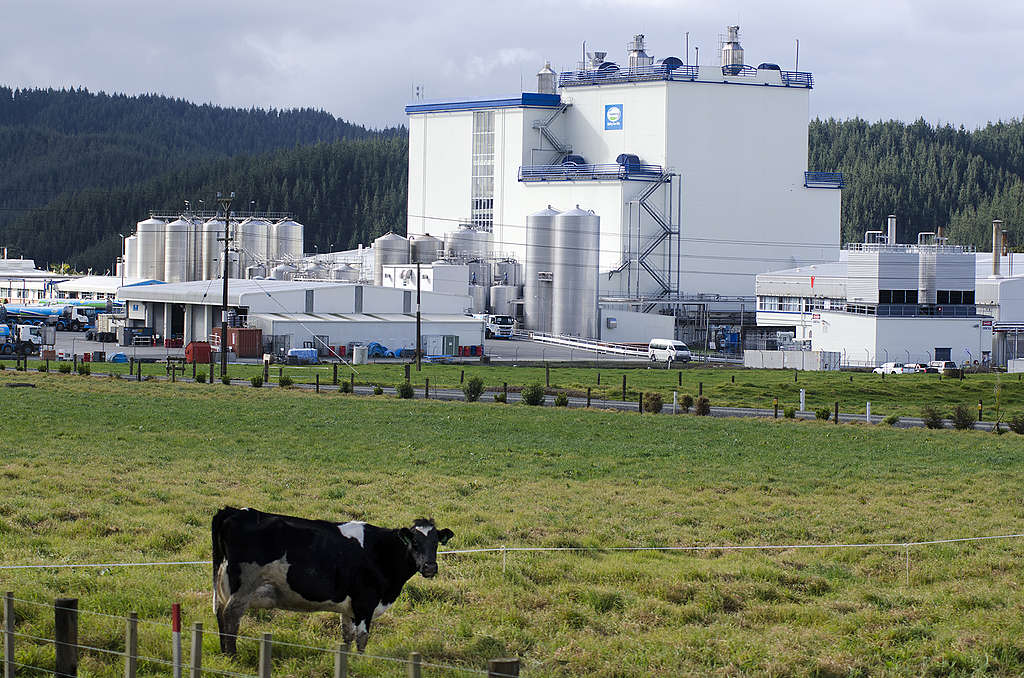
Join our call on the Government to go further than the Climate Commission’s inadequate recommendations and cut climate pollution from NZ’s biggest polluter: industrial dairying.
Take Action
